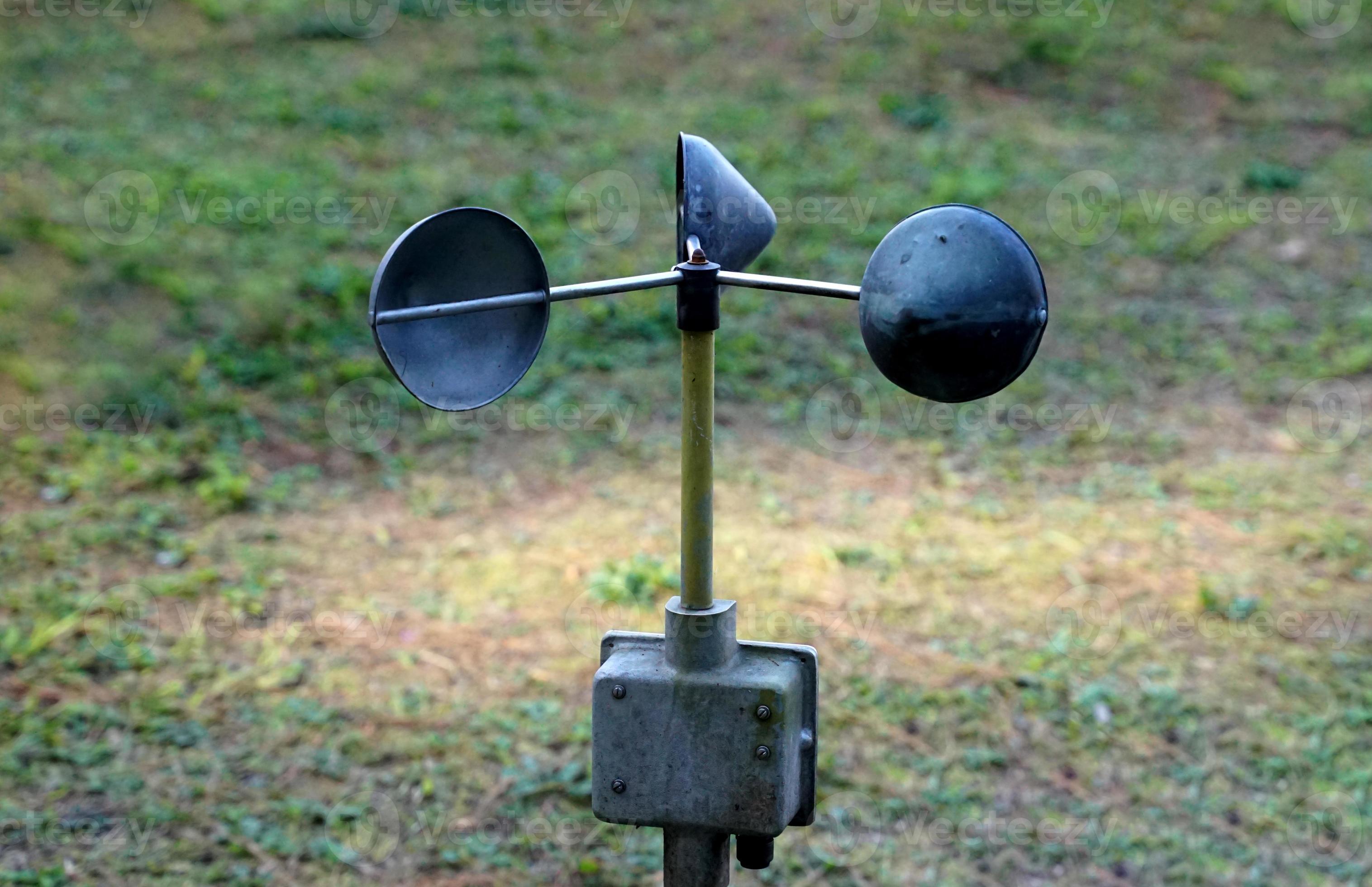All You Required to Understand About Anemometers: How They Function, Why They Matter, and Where to Make use of Them
Anemometers, though typically forgotten in the realm of scientific instruments, play a vital duty in various fields, providing useful insights right into wind rate and air movement patterns. As we delve into the complexities of anemometer innovation, we will certainly reveal the internal operations of these tools, their significance, and the essential considerations when choosing the ideal anemometer for certain applications.

Anemometer Fundamentals
A crucial tool utilized to determine wind speed and instructions, the anemometer plays a critical duty in meteorology and numerous industries. An anemometer typically includes 3 or 4 cups that revolve in the wind, a vane that directs into the wind, and sensing units to track the motions or turnings. By computing the rotations or activities over a particular amount of time, the anemometer can determine wind rate. The vane assists determine wind instructions by directing right into the wind, supplying important information for weather condition forecasting, aeronautics, maritime operations, ecological tracking, and wind power applications.
There are numerous types of anemometers readily available, including cup anemometers, vane anemometers, hot-wire anemometers, and sonic anemometers, each with its one-of-a-kind functions and applications. Mug anemometers are typically made use of for basic wind speed dimensions, while vane anemometers are favored for directional dimensions. Hot-wire anemometers are suitable for reduced airspeeds, and sonic anemometers are ideal for high-precision measurements in study and industrial settings. Recognizing the basics of anemometers is vital for exact wind information collection and evaluation throughout different markets.
Concepts of Anemometer Operation
Building on the foundational understanding of anemometer fundamentals, the principles of anemometer procedure clarify the technicians behind wind speed and direction measurements. Anemometers operate the principle of airflow affecting a sensor, triggering it to turn. Cup anemometers, for example, have 3 or even more cups that catch the wind, triggering them to spin much faster as the wind rate rises. The turning rate is after that exchanged a wind speed measurement. Vane anemometers, on the other hand, use a tail or a probe that straightens itself with the wind instructions, supplying a dimension of wind instructions based the original source on the positioning of the sensor. Hot-wire anemometers count on a heated wire that cools as wind overlooks it, with the price of cooling down figuring out the wind rate. Ultrasonic anemometers step wind speed and direction by analyzing the moment it takes for ultrasonic signals to travel in between transducers. Recognizing these principles is important for trustworthy and precise wind dimensions in various applications.
Relevance of Anemometers
Anemometers play an important function in determining wind rate and instructions, supplying crucial information for climate projecting, environment research studies, ecological tracking, and air travel operations. Meteorologists rely on anemometers to gather accurate wind information, assisting them comprehend weather condition patterns, anticipate storms, and issue prompt cautions to the public. Wind farm operators use anemometers to assess wind problems and maximize electricity manufacturing from wind generators.
Applications Across Numerous Industries
In the sustainable energy market, anemometers play a critical duty in analyzing wind problems for wind ranch positionings, making certain optimum energy manufacturing. Industries like building and construction and mining make use of anemometers to monitor wind rates, crucial for safety protocols, specifically when functioning at elevations or in open-pit mines where strong winds can position hazards. In agriculture, anemometers assist farmers in managing crop splashing by giving real-time information on wind speed to avoid drift.

Selecting the Right Anemometer for Your Demands
For general purposes, a mug anemometer is ideal for gauging wind rate, while a vane anemometer gives wind instructions information. Hot-wire anemometers are his explanation optimal for low airspeed measurements, and ultrasonic anemometers offer high accuracy and durability.

Verdict
In final thought, anemometers play a crucial function in gauging wind speed and direction throughout numerous industries. It is crucial to take into consideration the significance of anemometers in order to make educated decisions when selecting the most ideal tool for measuring wind conditions.
There are different kinds of anemometers available, including cup anemometers, vane anemometers, hot-wire anemometers, and sonic anemometers, each with its special attributes and applications. Cup anemometers are typically utilized for fundamental wind rate dimensions, while vane anemometers are preferred for directional measurements. Hot-wire anemometers are suitable for low airspeeds, and sonic anemometers are suitable for high-precision dimensions in study and industrial settings.Building on the foundational understanding of anemometer basics, the principles of anemometer operation elucidate the auto mechanics behind wind speed and direction measurements. For general functions, a cup anemometer is ideal for determining wind rate, while a vane anemometer supplies wind instructions information.